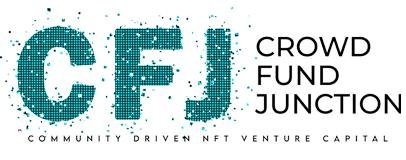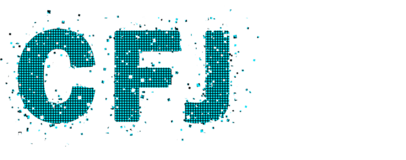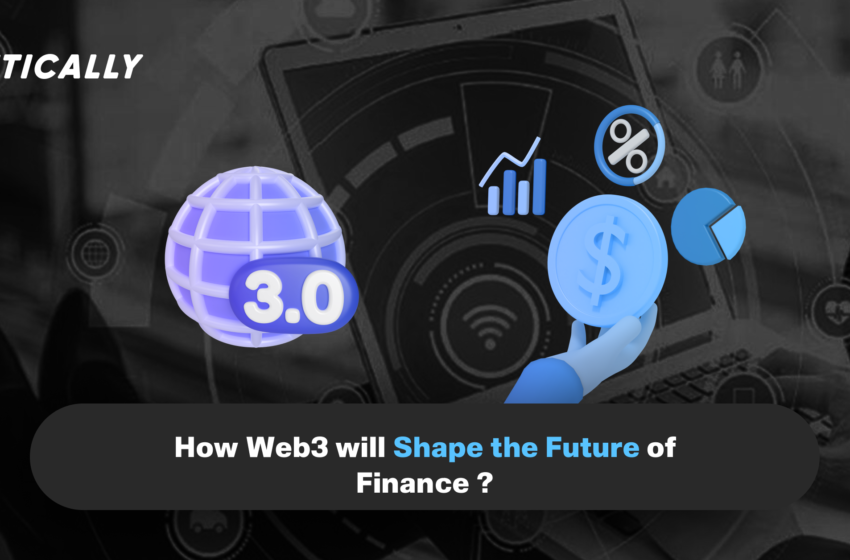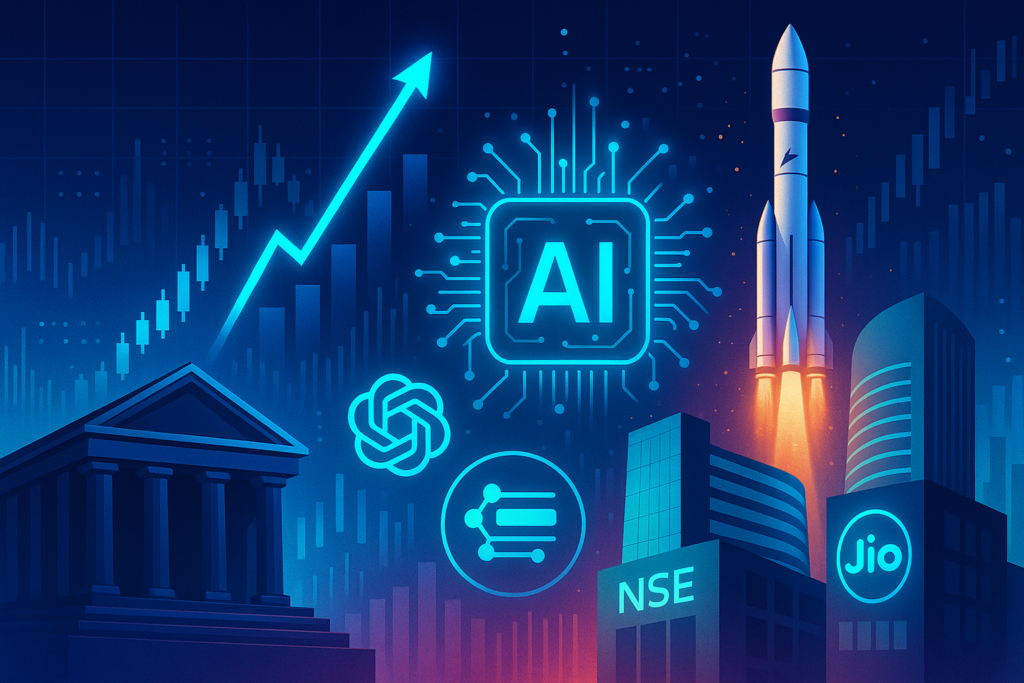How Web3 will Shape the Future of Finance?
(Originally posted on : NFTICALLY )
As its decentralized data storage capabilities improve, Web3 becomes more remarkable. Users may now use blockchain and connected data to create a new generation of dedicated apps, allowing users to control who can access their personal information and where they can share it.
Through decentralized technology, there will be a rush of new computer advancements and new economic sectors.
We are analyzing Web3 and Blockchain financial trends to determine which industries will grow the most in the next 5–10 years. Web3 includes IoT and decentralized apps.
Blockchain, a peer-to-peer distributed ledger, stores cryptographically timestamped transactions in an immutable public database.
Emerging Trends and Macroeconomic Forces
Primarily, the decentralization of money will be a significant development in Web3.
People are increasingly shifting away from banks, causing a significant shift in the financial environment.
In the digital money revolution, digital wallets such as Coinbase, Circle, and Xapo are leading the way. They make it easier to keep and transfer funds. Having greater control over their digital assets or the capacity to sign smart contracts gives them more freedom. A single wallet service, like Trust Wallet, has over $25 million customers.
In 2021, a total of $6.6 billion was invested in Blockchain technology, and by 2024, this amount is projected to increase to $19 billion.
In its most recent funding round, Andreessen Horowitz, an asset management company, garnered $4.5 billion from private investors. However, dApps (decentralized applications) and the blockchain’s backbone will be supported using the cash received.
The worldwide adoption rate of cryptocurrency has risen beyond the 4.0 percent threshold. According to Triple-A.
Cryptocurrencies
In May 2022, stablecoins were one of the most talked-about topics. Bitcoin is the most well-known cryptocurrency, but stablecoins are the most popular.
For example, a “pegged” currency like stablecoin relates to another money or asset.
Consequently, users can deal using digital representations of goods and currencies while maintaining price stability. Tether, USD Coin, and Binance USD have a combined value of almost $150 billion.
Algorithmic stable coins
“Algo-coins” employ mathematical procedures to maintain the proper coin-to-asset ratio.
However, TerraUSD’s decline was the second greatest algorithmic stablecoin crash in the previous year after TITAN coin’s -95% one-month loss in 2021. These two instances eroded investors’ faith in algorithmic stablecoins.
Future Advancement
In conclusion, companies in Web3 will focus on making the blockchain network more user-friendly. Bitcoin’s Lightning Network and Ethereum 2.0 are two examples of enhancing the user experience so that when more people join crypto, they do not face concerns like high transaction fees for little payments.
After that, the 2021 crypto craze brought in a lot of newbies. Over 10 million new crypto wallets have been established in the last two years, and ICOs have raised $27 billion. Many developers and producers have jumped ship and joined the crypto revolution, benefiting the industry.
However, in the next two to three years, we expect to see the creation of dApps, hardware wallets, and other essential protocols that will repeat the cycle.
Banking or Finance
In 2021, decentralized banking grew by 1500%, and in 2022, it used cryptocurrencies to secure transactions worth more than $14T.
Another recent study shows that banks and insurance companies are using artificial intelligence to automate credit risk modeling and update how credit scores are calculated. This proves that AI is essential for managing assets in the digital age.
DeFi
Decentralized finance, or “DeFi,” refers to peer-to-peer (P2P) technology and encryption as an alternative to traditional financial institutions for transmitting and receiving money.
Open-source platforms and technology may help lower the cost of financial services.
DeFi initiatives like digital wallets, staking projects, and smart oracles, according to a Future Today Institute study, have the potential to develop significantly.

DeFi technology’s growth between October 2017 and May 2022 is seen in this graph. After mid-2021, things are going to become a lot better!
Conclusion
If you are looking for a method to get a head start on Web3 and DeFi, look no further than this: Considering recent predictions that the widespread acceptance of cryptocurrency will rise to 10% by 2030, having a system in place that can manage the influx of millions of inexperienced users is critical.
The initiatives that are most likely to gain traction in the next two to five years and serve as the foundation for the next wave of crypto and Web3 growth are digital wallets, upgrades to current Blockchains, and the creation of new dApps and DeFi protocols.
NFTICALLY’s blogs provide in-depth instructions on various related topics. Above all, visit our FAQs or join our Discord or Telegram channels for 24/7 help with any NFT-related inquiries.








 Bitcoin
Bitcoin  Ethereum
Ethereum  Tether
Tether  XRP
XRP  USDC
USDC  Lido Staked Ether
Lido Staked Ether  TRON
TRON  Dogecoin
Dogecoin  Cardano
Cardano  Figure Heloc
Figure Heloc  WhiteBIT Coin
WhiteBIT Coin  Wrapped stETH
Wrapped stETH  Bitcoin Cash
Bitcoin Cash  Wrapped Bitcoin
Wrapped Bitcoin  USDS
USDS  Chainlink
Chainlink  Wrapped eETH
Wrapped eETH  Binance Bridged USDT (BNB Smart Chain)
Binance Bridged USDT (BNB Smart Chain)  LEO Token
LEO Token  WETH
WETH  Hyperliquid
Hyperliquid  Monero
Monero  Stellar
Stellar  Zcash
Zcash  Ethena USDe
Ethena USDe  Coinbase Wrapped BTC
Coinbase Wrapped BTC  Litecoin
Litecoin  Sui
Sui  Avalanche
Avalanche  Hedera
Hedera  Shiba Inu
Shiba Inu  sUSDS
sUSDS  USDT0
USDT0  Dai
Dai  Mantle
Mantle  PayPal USD
PayPal USD  Toncoin
Toncoin  World Liberty Financial
World Liberty Financial  Cronos
Cronos  Ethena Staked USDe
Ethena Staked USDe  Uniswap
Uniswap  Polkadot
Polkadot  MemeCore
MemeCore  Aave
Aave  Bittensor
Bittensor  USD1
USD1  Rain
Rain  Canton
Canton  Bitget Token
Bitget Token  OKB
OKB  Tether Gold
Tether Gold  Falcon USD
Falcon USD  Aster
Aster  NEAR Protocol
NEAR Protocol  Ethereum Classic
Ethereum Classic  Binance-Peg WETH
Binance-Peg WETH  Jito Staked SOL
Jito Staked SOL  Ethena
Ethena  BlackRock USD Institutional Digital Liquidity Fund
BlackRock USD Institutional Digital Liquidity Fund  Pepe
Pepe  Internet Computer
Internet Computer  Pi Network
Pi Network  Jupiter Perpetuals Liquidity Provider Token
Jupiter Perpetuals Liquidity Provider Token  Solana
Solana  syrupUSDC
syrupUSDC  Pump.fun
Pump.fun  HTX DAO
HTX DAO  PAX Gold
PAX Gold  Ondo
Ondo  Global Dollar
Global Dollar  Worldcoin
Worldcoin  KuCoin
KuCoin  Sky
Sky  Circle USYC
Circle USYC  syrupUSDT
syrupUSDT  BFUSD
BFUSD  Ripple USD
Ripple USD  Rocket Pool ETH
Rocket Pool ETH  Binance Bridged USDC (BNB Smart Chain)
Binance Bridged USDC (BNB Smart Chain)  POL (ex-MATIC)
POL (ex-MATIC)  Aptos
Aptos  Gate
Gate  Wrapped BNB
Wrapped BNB  Arbitrum
Arbitrum  Quant
Quant  Binance Staked SOL
Binance Staked SOL  Midnight
Midnight  Official Trump
Official Trump  Algorand
Algorand  Function FBTC
Function FBTC  Liquid Staked ETH
Liquid Staked ETH  Cosmos Hub
Cosmos Hub  Lombard Staked BTC
Lombard Staked BTC  Solv Protocol BTC
Solv Protocol BTC